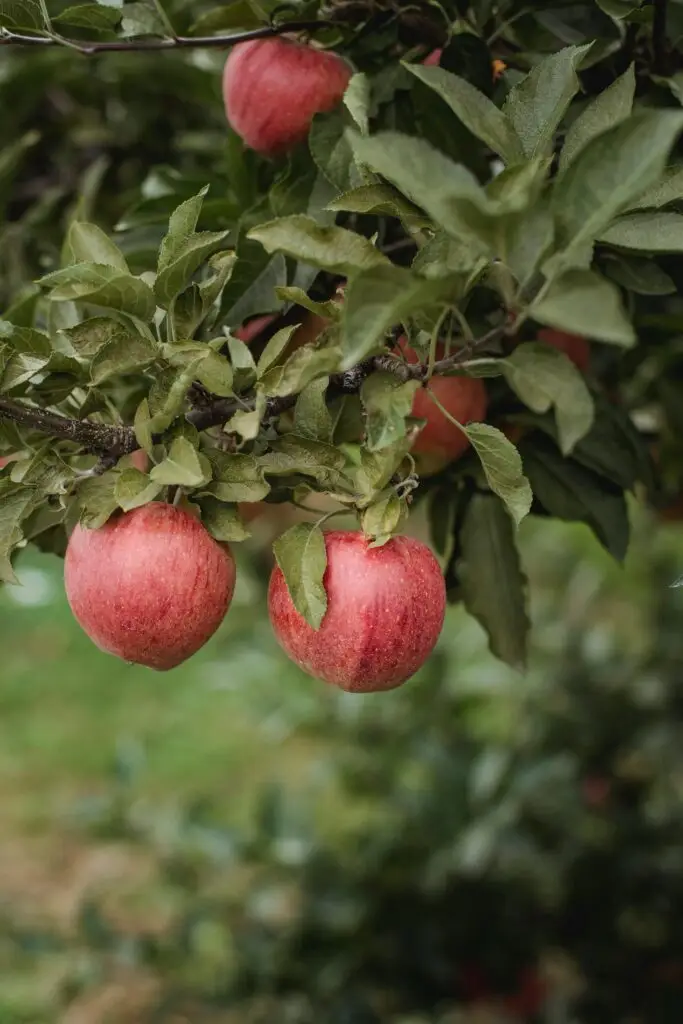Highlights:
Native Plants: Choose indigenous plants adapted to the local climate and soil.
Water Conservation: Implement water-saving techniques.
Composting and Pest Control: Establish a composting system to recycle organic waste.
Read The Full Article on Eco-Friendly Garden…
1. Use Native Plants For A Green Garden
Select indigenous plants for your eco-friendly garden. They thrive in the local climate, soil, and support native wildlife, requiring less water, fertilizer, and pesticides. These plants contribute to ecosystem health by providing habitat and food for local fauna.
2. Think About How You Use Water
Incorporate water-saving features such as rain barrels, drip irrigation systems, and drought-resistant plants to minimize water usage in your eco-friendly garden. Mulching garden beds aids in moisture retention, reducing the need for frequent watering.
3. Get Composting For Eco-Friendly Soil
Initiate a composting system to recycle organic waste from your kitchen and garden. Compost enriches soil with nutrients, enhances soil structure, and reduces reliance on chemical fertilizers, contributing to the eco-friendliness of your garden.
4. Chemicals Be Gone For a Sustainable Garden
Embrace integrated pest management (IPM) techniques to manage pests without resorting to chemical pesticides. Utilize natural predators, companion planting, and physical barriers to deter pests in your eco-friendly garden.
5. Create a Wildlife Habitat
Foster a welcoming environment for wildlife by incorporating features such as bird feeders, bird baths, butterfly gardens, and plants that attract bees. Avoid using chemical pesticides harmful to beneficial insects and pollinators, enhancing the eco-friendliness of your garden.








